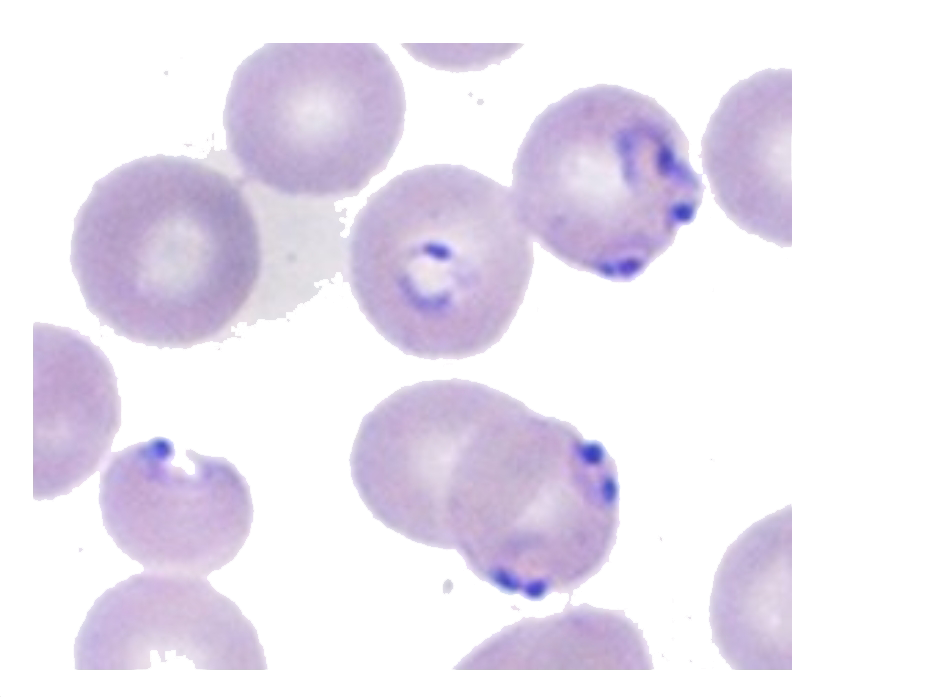Let d1,d2,d3 be three mutually exclusive diseases. Let S be the set of observable symptoms of these diseases. A doctor has the following information from a random sample of 5000 patients: 1800 had disease d1, 2100 has disease d2 and the others had disease d3. 1500 patients with disease d1, 1200 patients with disease d2and 900 patients with disease d3 showed the symptom. Which of the diseases is the patient most likely to have?
Video Solution
Text Solution
Let, A= having symptom S
E1= having disease d1
E2= having disease d2
E3= having disease d3
Given,
P(E1)=18005000
P(E2)=21005000
P(E3)=11005000
P(A/E1)=15001800
P(A/E2)=12002100
P(A/E3)=9001100
Using Bayes theorem,
P(E1/A)=P(E1)⋅P(A/E1)P(E1)⋅P(A/E1)+P(E2)⋅P(A/E2)+P(E3)⋅P(A/E3)
P(E1/A)=18005000⋅1500180018005000⋅15001800+21005000⋅12002100+11005000⋅9001100
P(E1/A)=1515+12+9
P(E1/A)=1536
P(E1/A)=512
P(E2/A)=P(E2)⋅P(A/E2)P(E1)⋅P(A/E1)+P(E2)⋅P(A/E2)+P(E3)⋅P(A/E3)
P(E2/A)=21005000⋅1200210018005000⋅15001800+21005000⋅12002100+11005000⋅9001100
P(E2/A)=1215+12+9
P(E2/A)=1236
P(E2/A)=13
P(E3/A)=P(E3)⋅P(A/E3)P(E1)⋅P(A/E1)+P(E2)⋅P(A/E2)+P(E3)⋅P(A/E3)
P(E3/A)=11005000⋅900110018005000⋅15001800+21005000⋅12002100+11005000⋅9001100
P(E3/A)=915+12+9
P(E3/A)=936
P(E3/A)=114
Here, P(E1/A) is maximum, it means person suffers from disease d1
|
Updated on:21/07/2023
Topper's Solved these Questions
Similar Questions
Knowledge Check
- Question 1 - Select One
A symptom of Graves' disease is
ALow temperatureBLow breathing rateCLow heart rateDHigh heart rate. - Question 2 - Select One
In chronic disease a patient suffers from
Apoor apetiteBshort breathCtirednessDall the above - Question 3 - Select One
In chronic diseases, a patient suffers from
Apoor appetiteBshort breathCtirednessDAll of the above
Define disease symptoms.
View SolutionA patient blood smear show the following picture. Which disease is the patient suffering from ?
 View Solution
View SolutionName the causative organism of the disease Amoebiasis. List three symptoms of the disease.
View SolutionDisease(its symptoms and types)
View SolutionFinger and Toe disease is a disease of
View Solution
